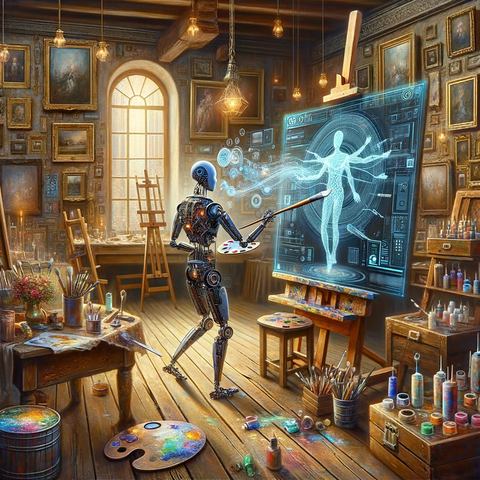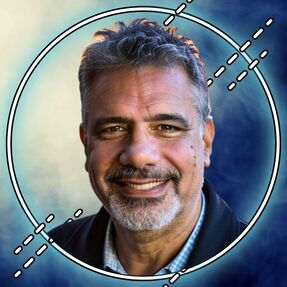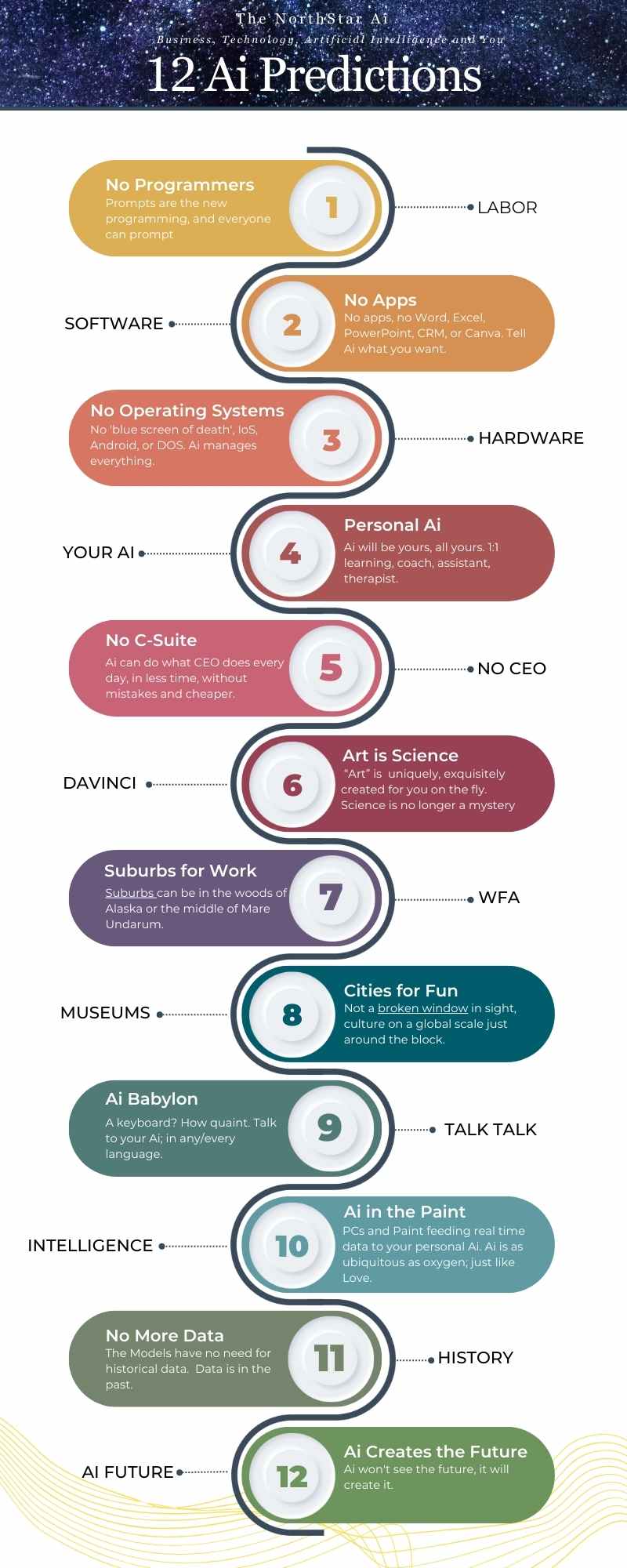|
When Picasso meets Python: The New Age of Artistry
The ruling has sent shockwaves through the art community, prompting artists to question the very essence of creativity and ownership. With AI now capable of generating art that can be indistinguishable from human-created works, the lines between originality and imitation have become increasingly blurred. This has led to a reevaluation of what constitutes art and who has the right to claim ownership over it.
As technology continues to advance, the capabilities of AI in generating art are only expected to grow. This raises the question of whether traditional forms of art will become obsolete, replaced by AI-generated works that can be produced more quickly and perhaps even more intricately. The art market has already begun to see the impact, with AI-generated art fetching high prices at auctions and galleries.
However, the rise of AI in art is not without its critics. Many argue that while AI can replicate the technical aspects of art, it lacks the emotional depth and understanding that come with human creativity. This has led to debates within the art community about the value and significance of AI-generated art, with some dismissing it as mere imitation while others see it as a new form of artistic expression.
AI continues to blur the lines between creator and curator, original and derivative, the very concept of copyrighting art could become an anachronism, a relic of a bygone era unable to adapt to the rapid advancements of technology.
The very notion of artistic ownership is undergoing radical transformation, if not becoming obsolete. Table of References
Additional Elements
0 Comments
Your comment will be posted after it is approved.
Leave a Reply. |
Topics & Writers
All
AuthorsGreg Walters Archives
July 2024
|



